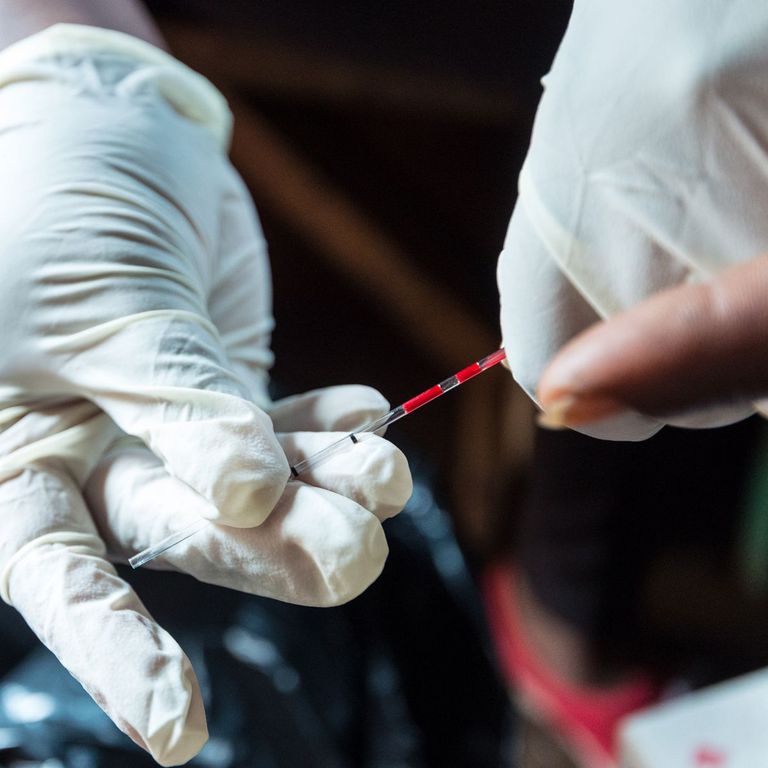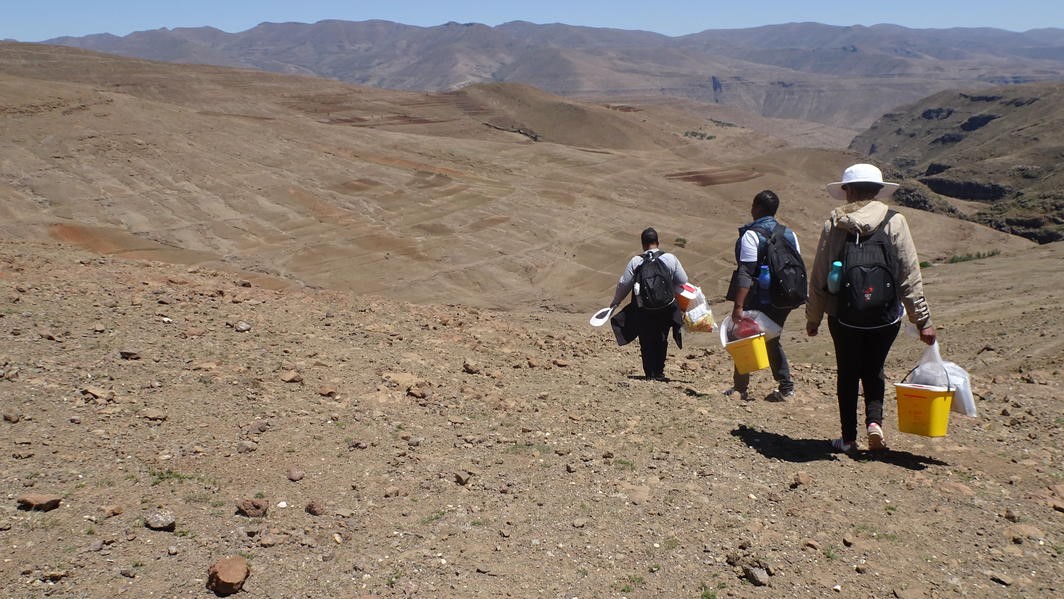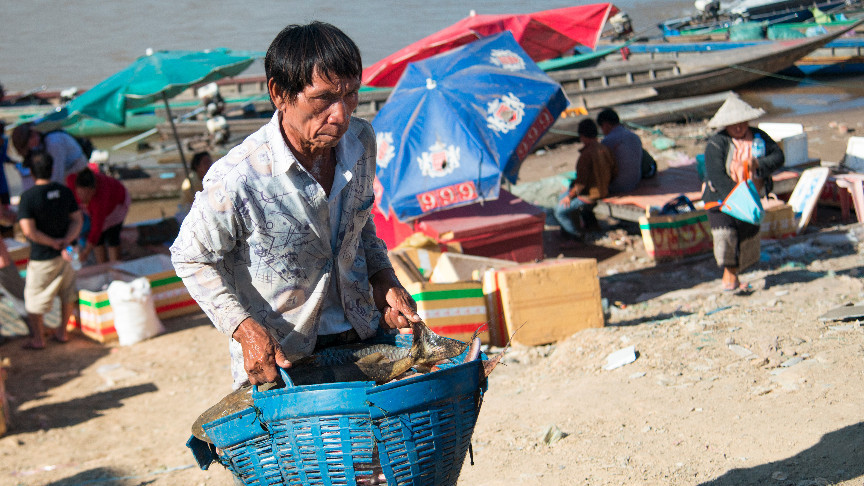

Dual Burden of Disease
Swiss TPH has for long been at the forefront of the fight against infections. As a result, people in low and middle income countries are much more likely to survive or live with an infectious disease. With the resulting demographic aging, non-communicable diseases (NCDs) have become much more common. The globalisation of lifestyles and changing environments due to industrialisation and urbanisation additionally contribute to an increase in NCDs.
Yet, despite this change in health patterns in low and middle income countries, infections are still widespread and the lives of many people is jeopardised by a dual disease burden. An example of the complicated interrelation of 'old' and 'new' risks and 'old' and 'new' diseases is the fact that household air pollution can lead to repeated respiratory tract infection, which - together with the uptake of tobacco smoking - can predispose to a considerable risk of chronic respiratory tract diseases such as for example COPD (chronic obstructive pulmonary disease). NCDs may at the same time increase the susceptibility to infectious diseases, as in the case of diabetes and tuberculosis. Swiss TPH is conducting research into these disease and risk factor relationships and their underlying mechanisms.
Projects Highlights

Community-based Chronic Disease Care in Lesotho
In many sub-Saharan African countries, including Lesotho, non-communicable diseases (NCDs) such as diabetes and hypertension have overtaken infectious diseases as the major burden of disease. ComBaCaL (Community Based chronic disease Care Lesotho) is a multidisciplinary implementation research programme that aims to tackle NCDs in Lesotho, building on long-term experience in HIV/AIDS chronic disease care. ComBaCaL will train lay health workers (LHWs) to provide NCD prevention, screening and diagnosis and will evaluate in a large-scale randomized trial, which aspects of NCD care can safely and effectively be shifted to LHWs. A locally developed eHealth application with smart clinical algorithms will assist the LHWs, allow supervision by clinic staff, and efficiently link the data to the health facility. Read more

Early Detection of Asian Liver Flukes in Lao PDR
Liver fluke (O. viverrini) infections are a major public health threat in Lao PDR. The chronic infections resulting from the consumption of infected raw fish lead to a very high risk of gallbladder cancer (cholangiocarcinoma). Swiss TPH in collaboration with partners from Lao PDR studies the prevalence of different liver fluke associated liver and gallbladder pathologies, the factors that modify the adverse liver fluke effect, and the biology underlying the association between liver flukes and gall bladder duct tumours. The results will provide guidance for Lao PDR liver fluke treatment and cancer screening. Read more
Dual Burden of Disease Study in Côte d’Ivoire
Swiss TPH investigated the relation between infections (helminth infections, malaria) and NCDs (hypertension, diabetes) in adults living in rural Côte d’Ivoire. A biobank was established to study gut microbiome, methylome, genome, and metabolome and therefore biological mechanisms that mediate the infection-NCD-relations. The CoDuBu project was a collaboration between Swiss TPH, the Centre Suisse de Recherches Scientifiques (CSRS), the Université Félix Houphouët-Boigny, the Institut National de Santé Publique and the Ligue Ivoirienne contre l’Hypertension artérielle et les Maladies Cardiovasculaires. It benefited from the existing Health and Demographic Surveillance infrastructure in Taabo. Read more